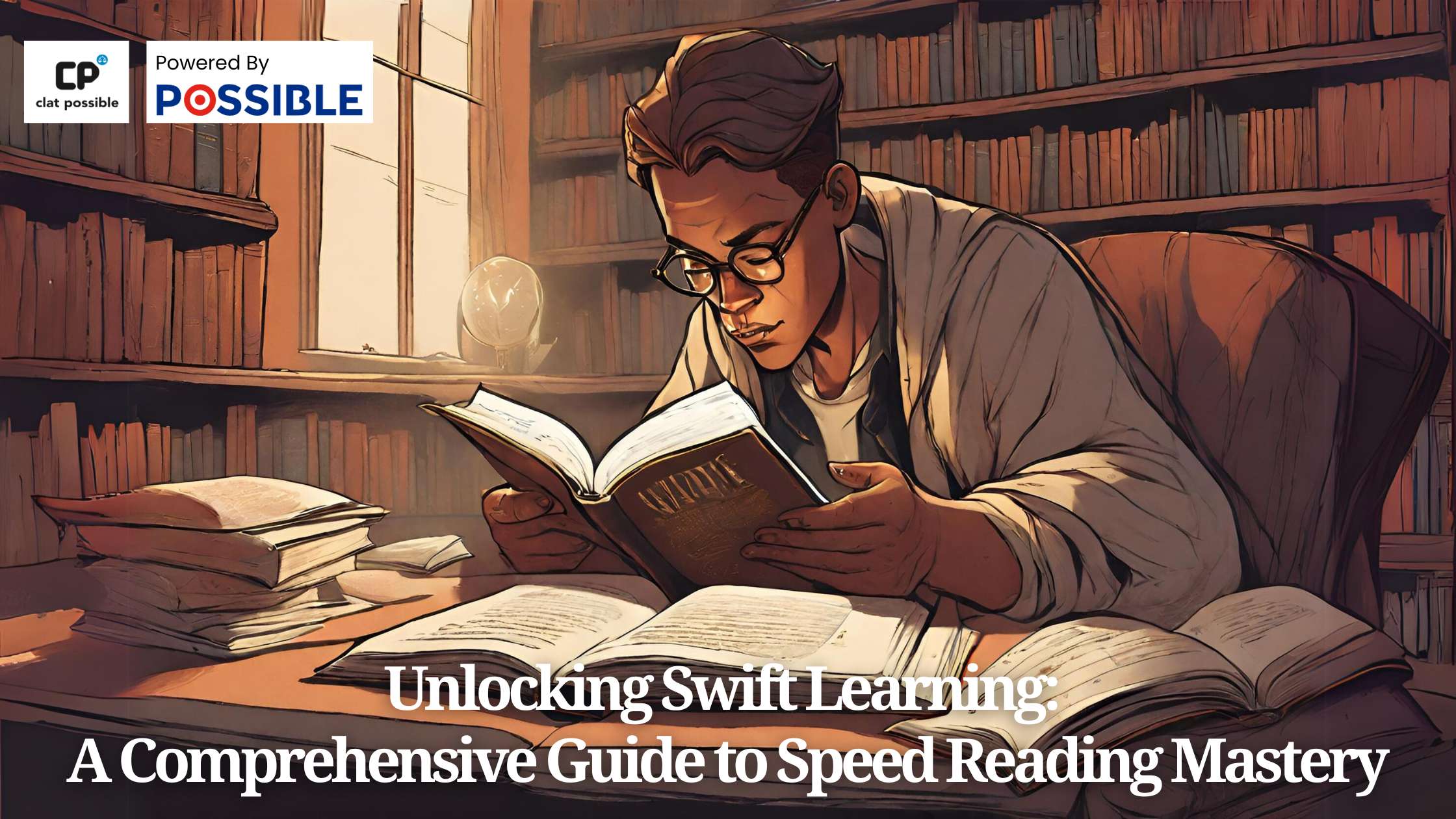
Preparing for the Common Law Admission Test (CLAT) is a challenging endeavor that requires diligence, strategy, and a smart revision plan. Whether you are a first-time examinee or a seasoned aspirant, knowing how to revise effectively can make all the difference. This comprehensive guide is designed to help you optimize your revision strategy for the CLAT exams, and it includes some frequently asked questions to clear up common doubts.
Understand the CLAT Exam Pattern and Syllabus
Before diving into revision techniques, familiarize yourself thoroughly with the CLAT exam structure and the detailed syllabus for each section. Understanding the weightage and types of questions asked in previous years will help you focus your revision effectively.
Tailor Your Study Plan
Every aspirant has different strengths and weaknesses. Tailor your study plan to address your individual needs. Allocate more time to sections that require extra practice while maintaining a consistent revision schedule for those you are confident in.
Smart Revision Tips
Active Recall and Spaced Repetition
Use flashcards, quizzes, and practice tests to actively recall information. Space out your revision sessions for each topic to improve retention over time.
Quality over Quantity
Long hours of ineffective study are less beneficial than shorter, focused revision sessions. Aim for high-quality study time where you are fully engaged with the material.
Practice with Mock Tests
Regularly take timed mock tests to simulate exam conditions. This not only aids with revision but also helps in building speed and accuracy.
Group Study Sessions
Sometimes, studying in a group can provide new insights and make learning more engaging. Organize group discussions on complex topics or recent legal developments to deepen understanding.
Keep Health in Check
A healthy mind resides in a healthy body. Make sure to get adequate sleep, exercise regularly, and eat nutritious food to keep your mind sharp and ready for retention.
Prioritize Reviewing Weak Areas
Identify your weak spots early and revisit them frequently. Use active problem-solving techniques and seek help if you’re stuck. Regularly reviewing challenging areas can turn weaknesses into strengths.
Stay Updated with Current Affairs
For sections like General Knowledge and Current Affairs, staying updated with the latest news is crucial. Incorporate reading newspapers, following credible news apps, and watching analysis programs into your daily routine.
Make Use of Technology
Utilize educational apps and online resources to access a wider range of practice materials. Online forums and study groups can also provide support and motivation.
Keep Resources Handy
Organize your study materials so that they are easily accessible. Create summaries and mind maps for quick reviews. Keep your notes clear and concise.
Rest and Relaxation
Do not underestimate the power of breaks. Your brain needs time to assimilate information. Take regular breaks, and do not skip on leisure activities that help you relax.
Regular Self-Assessment
Continuously assess your performance. Self-assessment helps in tracking progress and identifying areas that require more focus.
FAQs for CLAT Revision
Q: How can I revise efficiently for the CLAT exams?
A: Efficient revision for CLAT includes active recall practices, spaced repetition, mock tests, and continuous assessment. Tailor your study plan according to your strengths and weaknesses, and ensure you stay updated with current affairs.
Q: What is the best way to stay focused during long revision sessions?
A: To maintain focus during long study sessions, take short, regular breaks. Employ Pomodoro or similar time-management techniques, stay hydrated, and ensure you are revising in a distraction-free environment.
Q: How often should I take mock tests during CLAT revision?
A: Mock tests should be taken regularly, with an increased frequency as the exam date approaches. Aim for at least one mock test per week in the beginning and increase this to two to three tests per week in the month leading up to the exam.
Q: Can group study be effective for CLAT revision?
A: Yes, group study can be effective, especially for discussions on current affairs, legal reasoning, and problem-solving. However, ensure that the group study sessions are disciplined and focused on the exam preparation.
Q: What should I do if I am not able to improve my mock test scores?
A: If your mock test scores are not improving, reassess your revision strategy. Identify the areas where you’re losing marks, and consider seeking guidance from teachers or peers. Review your answers thoroughly and focus on understanding the concepts rather than just memorizing them.
Q: How important is it to revise current affairs for CLAT?
A: Current affairs hold significant weightage in the CLAT examination. It is vital to revise and stay informed about national and international events, including new legal developments, up to at least six months before the exam.
For more informative blogs on CLAT 2024 preparation, Click Here!









